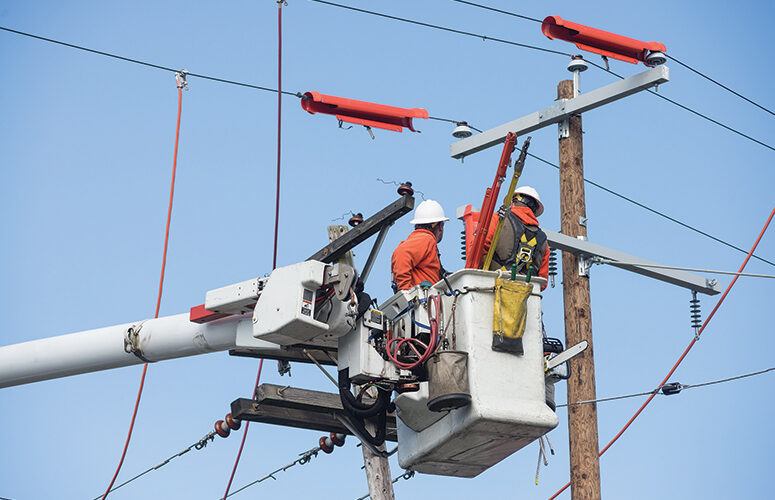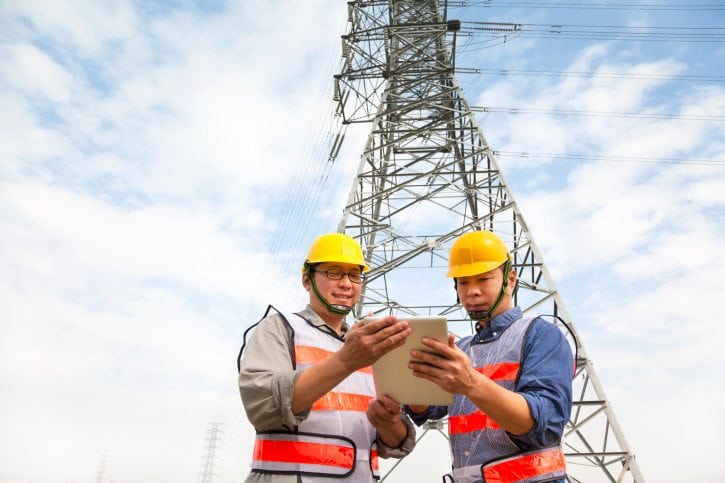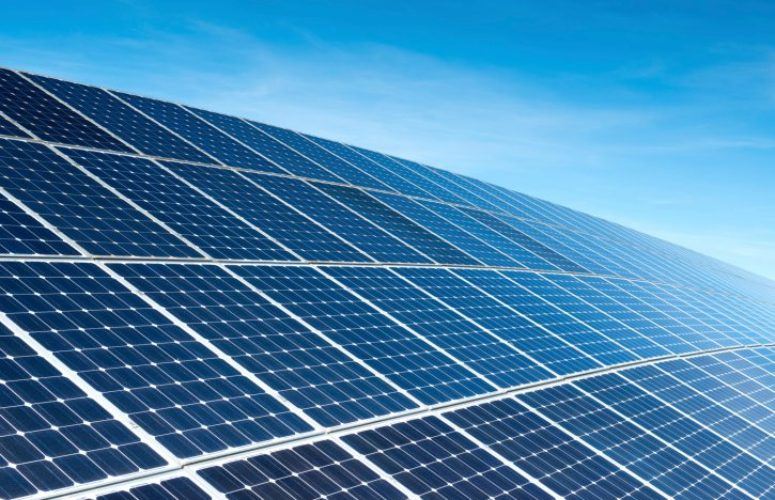
PSE&G is Helping to Strengthen New Jersey’s Electrical Infrastructure
Key investments in technology are modernizing the grid.
By Jim Pytell, Managing Editor On Nov 11, 2021Technological innovations, the changing needs and expectations of customers, and evolving concerns about climate change are just a few factors spurring dramatic changes to New Jersey’s electricity infrastructure.
Through its Powering Progress vision, PSE&G is helping to address these changing dynamics, as the company looks for ways to help customers use less and cleaner energy while increasing reliability.
One example of changing customer needs is the expected surge in electric vehicle (EV) adoption, which would be a game-changer for electric utilities like PSE&G.
Michael Schmid, PSE&G vice president of asset management and centralized services, says the company is making significant investments to modernize its system.
“We estimate there could be 600,000 EVs charging in our service area by the end of the decade, and meeting that demand reliably will require significant investments in our system,” Schmid says. “Much of that work will be what we refer to as ‘last mile’ improvements – upgrading the infrastructure that serve residential customers.”
Additionally, with the pandemic accelerating the digitization of the workforce, there is increased importance on reliability.
“Our homes are doing extra duty as schools, entertainment centers, and as places of business,” Schmid says. “A power interruption could mean that a customer can’t work, attend classes, or even ‘fuel’ their vehicle.”
Schmid says that PSE&G has been making its systems smarter to anticipate potential issues, recognize problems, and make necessary adjustments to keep power flowing.
One example is the company’s installation of 1,700 reclosers, key smart grid components that allow PSE&G to divide circuits on its system into smaller sections.
“If trouble develops, reclosers allow us to isolate the problem and reroute power so that fewer customers are affected by a fault,” Schmid explains.
Finally, the company has invested heavily in strengthening its existing infrastructure in an attempt to be more resilient during inevitable natural disasters, such as, most recently, Hurricanes Henri and Ida.
“The biggest takeaway from those storms is that our investments paid off,” Schmid says. “Far fewer customers lost power during Ida than during Sandy. That’s mainly due to the infrastructure investments that raised and rebuilt the stations that flooded during Sandy or Hurricane Irene.”
The benefits of the improvements extend beyond just during storms too, as this summer, PSE&G’s electric reliability has been 77% better than in 2013.
“Hardening New Jersey’s energy networks against extreme weather events is a work in progress. We have made significant headway during the past decade, but there is still much work to be done to protect our customers and our energy infrastructure against the impacts of climate change,” Schmid concludes.
To access more business news, visit NJB News Now.
Related Articles:





